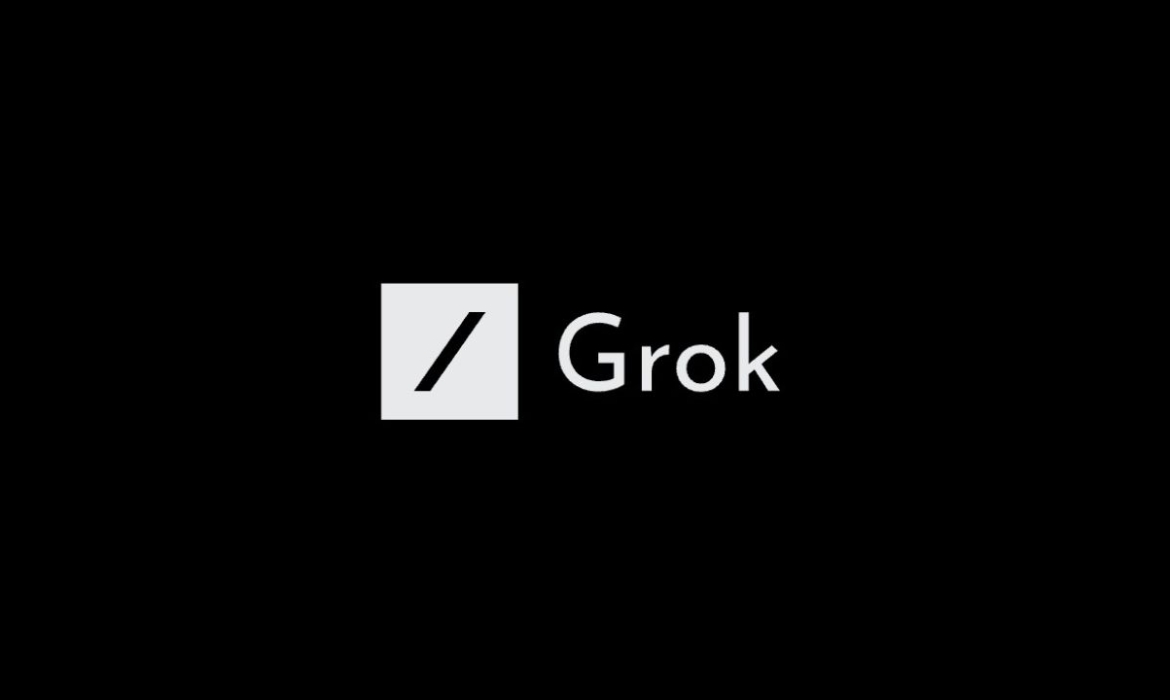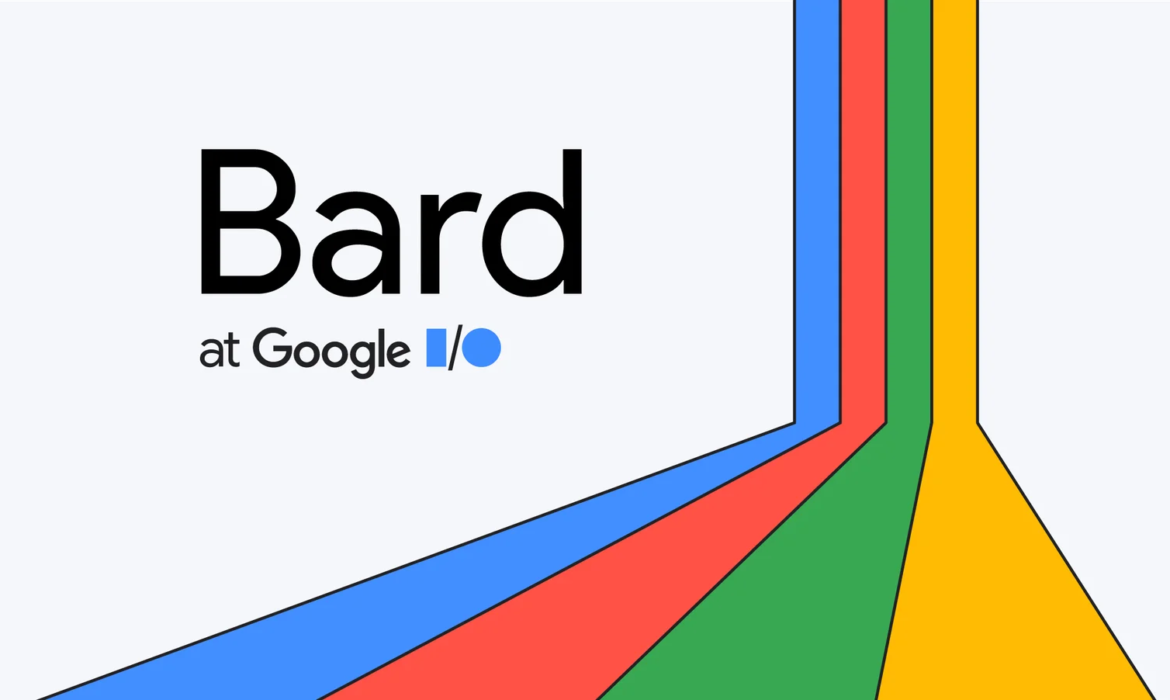X Announces the Launch of its Generative AI Chatbot GrokAI in India
The generative AI chatbot GrokAI, developed by Elon Musk’s xAI, will now be accessible in India in addition to 46 other nations, including Pakistan, Australia, New Zealand, Singapore, Sri Lanka, and more. The announcement comes less than a week after it was made available in the US. GrokAI access will also be limited to X’s premium users in India. Grok faces competition from the likes of Google’s Gemini AI and OpenAI’s popular chatbot ChatGPT.
the following countries can now grok:
– australia
– bahamas
– barbados
– belize
– botswana
– cameroon
– canada
– dominica
– eswatini
– fiji
– gambia
– ghana
– grenada
– guyana
– india
– jamaica
– kenya
– liberia
– malaysia
– malawi
– malta
– mauritius
– namibia
– new zealand
-… https://t.co/P9YatfLF3h— X (@X) December 13, 2023
GrokAI chatbot accessible for Premium+ users
Currently, users of X Premium+, the highest subscription tier offered by X, can access the chatbot. Accordingly, users will have to pay INR 1,300 for a web subscription, INR 2,150 for mobile apps, and INR 13,600 for an annual subscription. In October 2023, X launched the Premium+ tier, which costs $16 per month and gives users ad-free access to both the algorithmic “For You” and chronological “Following” feeds on the platform. Other features include the ability to edit tweets, post longer text or video, and share ad revenue.
Read More: Elon Musk Ventures into The AI Frontier With xAI
GrokAI features
xAI had observed that, in contrast to other chatbots on the market, Grok has access to real-time information because of data from X. Conversely, ChatGPT and Google’s BARD compile data from a range of publicly accessible sources. These include Wikipedia, books, and online content. Additionally, the company mentioned that Grok has a “rebellious streak” and is made to “answer questions with a bit of wit.” Furthermore, according to xAI, Grok will respond to inquiries that popular AI chatbots now reject. Once GrokAI was released in the US, it has already generated a good deal of controversy for its clever answers to questions. Additionally, a lot of people claimed that GrokAI isn’t quite politically neutral like other chatbots.
Large language models powering the chatbot
Grok is built upon Grok-0, xAI’s proprietary large language model (LLM). Grok-0, which is trained with 33 billion parameters, can outperform ChatGPT’s GPT 3.5 language model, according to xAI.
Access to data
When the chatbot was first released, xAI claimed that it could access real-time data from X. Furthermore, the company guaranteed that its knowledge was current and applicable. The launch coincides with Elon Musk continuing to push for diversifying X’s revenue streams. He aims to do so by increasing subscription income and lowering the company’s reliance on advertising. The advertising revenue currently accounts for the majority of revenue but has suffered significantly over the past year.
Read More: Amazon Enters Generative AI Scene With Its Chatbot “Q”
FTC Issues Notice to OpenAI over ChatGPT’s Privacy Data Breach
ChatGPT’s image looks rocky as its parent company, OpenAI, comes under scrutiny from the Federal Trade Commission. The U.S. consumer protection firm has issued OpenAI with a notice. The investigation is based on whether they have breached the consumer protection law, raising personal reputations and data leak concerns. It has been deemed as the quickest growing consumer app, with a record 100 million monthly active users gained within just two months of its launch. Its success started the race among big tech companies like Google and Microsoft to bring out their own AI chatbots.
Several questions regarding OpenAI’s use of artificial intelligence and data-gathering techniques have been raised since its inception. However, this move by the FTC looks like the final nail in the coffin.
The FTC Investigation
According to the Washington Post, the FTC sent a 20-page notice to the San Francisco based company, demanding records about how risks related to their AI models were being addressed. The newspaper also dubbed it as the “most potent” threat to date. The company had recently been on a global charm offensive, a move they undertook to parlay more favorable regulations for OpenAI. Their CEO, Sam Altman was on a world tour attempting to woo world leaders.
This probe comes after the FTC received numerous high-profile allegations, which includes the likes of The Washington Post, against the chatbot falsifying information and damaging people’s reputation. Mr. Altman took to Twitter to put forth his thoughts regarding the notice. He tweeted, “We’re transparent about the limitations of our technology, especially when we fall short.”
it is very disappointing to see the FTC's request start with a leak and does not help build trust.
that said, it’s super important to us that out technology is safe and pro-consumer, and we are confident we follow the law. of course we will work with the FTC.
— Sam Altman (@sama) July 13, 2023
Pivotal questions OpenAI must answer
The FTC is looking to find if the company has been engaging in unfair or deceptive practices which could result in harming the consumer reputation. According to The Washington Post, the FTC has posed the following questions to OpenAI.
- What steps OpenAI undertook to address the accusation that its products had generated statements about real individuals that were “false, misleading, and/or disparaging.”
- OpenAI had disclosed a security bug that allowed some users to see payment details and some data from other user’s chat history. The FTC has asked the company to provide detailed records for the aforementioned case.
- The FTC is also seeking information for any research, surveys, or tests that OpenAI conducted to assess consumer understanding on the AI generated “accuracy and reliability of outputs.”
- The agency has demanded extensive details about OpenAI’s products and how the company advertises them.
- OpenAI’s policies and procedure details that the company undertakes before launching upgrades. This includes a comprehensive list of language models that were held back citing security reasons.
- Thorough description of any data that OpenAI uses in order to train their products, which mirror humanlike speech patterns.
- The FTC wants to know how Open AI improves its models to make-up answers, or “hallucinate,” when the it does not have one.
What will happen to ChatGPT?
The situation seems far from ideal for OpenAI. The company will be levied with heavy fines if found guilty. The business could also be put under “consent decree,” which will determine the company’s data handling structure. A consent decree is an official order of agreement wherein the disputes are settled without admission of guilt or liability.
Not their first rodeo!
The European Union’s GDPR had previously raised data concerns against OpenAI. Italy subsequently turned the chatbot offline for a brief period. It was later reinstated given that they agreed to install age verification and allowed European users to restrict their personal data from being utilized for AI model training.
U.S falls behind on AI regulation policies
The U.S. lawmakers struggle to bring out regulations, trying to maintain a balance between technological innovation and consumer protection. The administration is deliberating over the decision whether to impose restrictions on AI tools such as ChatGPT. However, new legislation will likely take months to be in place. Lawmakers worry that imposing regulations may hinder the U.S innovation growth, which is directly in competition with China.
ChatGPT’s fate solely hangs on to their ability to provide detailed reports demanded by the FTC and its decision. The competition to take over the generative AI sector is on an all-time high, with Google’s BARD updates and Elon Musk’s new start-up xAI. This probe by the FTC only signals the upcoming challenges Tech companies will face. As technology advances and the world moves towards AI powered products, more companies may come under scrutiny.
Read More: Tête-à-Tête With ChatGPT- The Power Of AI
Google Breaks Regional Barriers by Unveiling Arabic BARD
Google has introduced Arabic language in its AI generative platform BARD, along with 39 other languages. Unlike BARD’s initial launch in May, which was only in English, Google has further taken a leap towards inclusivity. Their objective is to make it available in multiple languages.
Arabic, a very complex and intricate language, consists of several dialects, which often lead to challenges while communicating. Arabic speakers also face difficulties in online interaction since the textual form is mainly in classical Arabic. Over the years, Arabic speakers have turned to Arabeezy, an application which combines English letters and numbers, to communicate with each other.
Google has recognized these intricacies, and has launched Arabic BARD, which understands 16 diverse colloquial vernaculars. The model is powered by Google’s latest language model ‘PaLM2’ which can understand information in multiple languages. These include Emirati, Egyptian, and Saudi Arabic and it responds back in Modern Standard Arabic (MSA).
It also has the proficiency to understand code-switching, where the input is able to integrate Arabic and an additional language. The thoughtfully designed user-interface supports right-to-left scriptures, making it further easily operable.

Image Credit: Google
Features Available for Arabic Speaking Users
Google Bard in Arabic is filled with an extensive array of unique features to help with your creative potential. Here are some of them:
- Hear BARD’s responses out loud by clicking on the sound icon.
- Revisit, pin, and rename your BARD chats.
- Share BARD responses with your friends and connections using the shareable link.
- Export Python code to Replit and Google Colab, an online integrated development environment for developers to write and execute code.
Challenges Google faced while developing Arabic Script
Google has made significant technology investments to enhance its Arabic skills for the past two decades. In order to create a language model in Arabic, it was essential to understand certain words which were often spelt the same. Without pronunciations or knowing the meaning of the word, it was inconvenient for the AI to understand the same. This has been a huge limitation for all the known translation tools. What they failed to revise was that without the proper accent or diacritical signs, it was difficult to decipher the intended meaning behind them. But BARD was able to recognize that, indicating a significant breakthrough for the language.
Najeeb Jarrar, Regional Director of Marketing at Google MENA said,
Arabic speakers are now able to leverage the power of BARD, where they’re able to create new content and collaborate with this AI, experiment to generate and create new ideas, simplify topics, and also, directly get involved in the wonders of such technology.
Jack Krawcyzk, Director of Product Management at Google added,
As part of our bold and responsible approach to AI, we’re proactively engaged with experts, policymakers, and regulators on this expansion. And as we bring BARD to more regions and languages over time, we’ll continue to use our AI principles as a guide, incorporate user feedback, and take steps to protect people’s privacy and data.
So next time you want to know about some concept or brainstorm and materialize an idea, give BARD a try. You will not only be able to use unique tools, but might discover a fresh perspective to life!
Read More: Google’s BARD vs ChatGPT: Which AI Will Rule the Search Realm?




